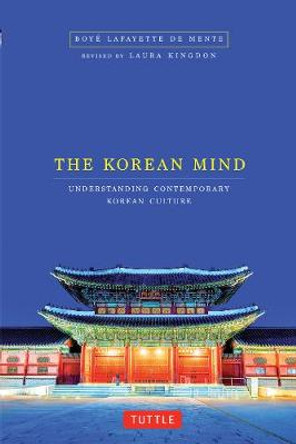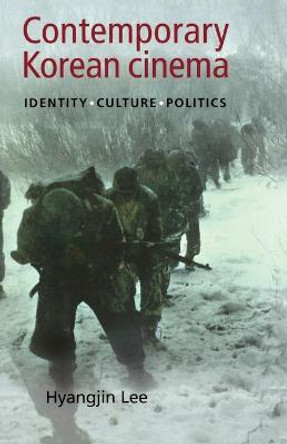In 1978, four musicians crowded into a cramped basement theater in downtown Seoul, where they, for the first time, brought the rural percussive art of p'ungmul to a burgeoning urban audience. In doing so, they began a decades-long reinvention of tradition, one that would eventually create an entirely new genre of music and a national symbol for Korean culture. Nathan Hesselink's "SamulNori" traces this reinvention through the rise of the Korean supergroup of the same name, analyzing the strategies the group employed to transform a museum-worthy musical form into something that was both contemporary and historically authentic, unveiling an intersection of traditional and modern cultures and the inevitable challenges such a mix entails. Providing everything from musical notation to a history of urban culture in South Korea to an analysis of SamulNori's teaching materials and collaborations with Euro-American jazz quartet Red Sun, Hesselink offers a deeply researched study that highlights the need for traditions - if they are to survive - to embrace both preservation and innovation.
About the AuthorNathan Hesselink is associate professor of ethnomusicology at the University of British Columbia. He is the author of P'ungmul: South Korean Drumming and Dance, published by the University of Chicago Press, and editor of the volumes Music and Politics on the Korean Peninsula and Contemporary Directions: Korean Folk Music Engaging the Twentieth Century and Beyond.
Book InformationISBN 9780226330976
Author Nathan HesselinkFormat Paperback
Page Count 224
Imprint University of Chicago PressPublisher The University of Chicago Press
Weight(grams) 340g
Dimensions(mm) 23mm * 15mm * 1mm







